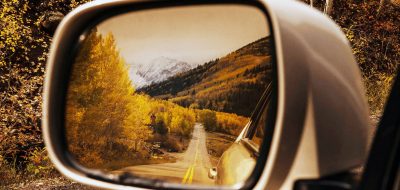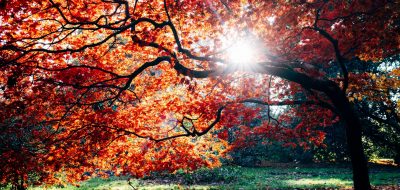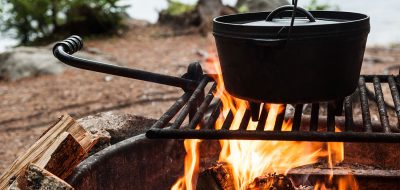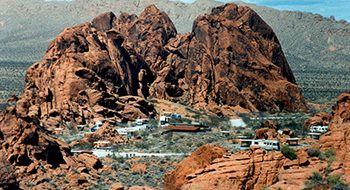By Bob Difley
This is the season when the leaves start popping their display of colors, when “leaf peepers” look forward to seeing Mother Nature’s color extravaganza, clogging 2-lane back roads and creeping along at the speed of a banana slug. But it’s worth it. The annual turning of the leaves is one of nature’s most spectacular shows.
The trick is finding out when and where the leaves have attained their most saturated colors. The U. S. Forest Service wants to help you discover the best places to view the show and has activated their Fall Color 2010 hotline where you can obtain just the information your need for wherever your are. The toll-free number to call is: 1 (800) 354-4595.
But do you know why the leaves turn such a variety of vivid colors? It boils down to the three factors that influence autumn leaf color: leaf pigments, weather, and most of all–the continuous lengthening of darkness during the night hours.
As days grow shorter and nights grow longer and cooler, biochemical processes kick in the pigments that result in the autumn colors. Chlorophyll, the most prominent pigment, gives leaves their basic green color and is necessary for photosynthesis, the chemical reaction that enables plants to convert sunlight to sugars for food. Trees in the temperate zones store these sugars for the winter dormant period.
Carotenoids produce the yellow, orange, and brown colors and anthocyanins, which give color to such familiar things as cranberries, red apples, concord grapes, blueberries, cherries, strawberries, and plums. Both chlorophyll and carotenoids are present in the leaf cells throughout the growing season, and most anthocyanins are produced in the autumn, in response to bright light and excess plant sugars within leaf cells.
During the growing season, chlorophyll is continually being produced and as it is broken down, leaves appear green. As night length increases in the autumn, chlorophyll production slows down and then stops and all the chlorophyll is destroyed. The carotenoids and anthocyanins that are present in the leaf are then revealed and show their colors.
Different species react in different ways, as oaks turn red, brown, or russet; hickories, golden bronze; aspen and yellow-poplar become golden yellow; dogwood, a purplish red; beech, light tan; and sourwood and black tupelo, crimson. Red maple turns brilliant scarlet while sugar maple leafs become orange-red. Black maple have glowing yellow leafs and striped maple becomes almost colorless. Leaves of some species, such as elms, simply shrivel up and fall off the tree, exhibiting little color other than drab brown.
The timing of the color change varies with the weather, but also varies by species, and that is where the FS hotline comes in handy. By calling the hotline you can pick with reasonable accuracy when the color show is at its peak. So don’t put your RV in mothballs for the winter or head south to the snowbird roosts just yet. The show is just beginning.
Check out my website for more RVing tips and destinations and my ebooks, BOONDOCKING: Finding the Perfect Campsite on America’s Public Lands, Snowbird Guide to Boondocking in the Southwestern Deserts, and 111 Ways to Get the Biggest Bang out of your RV Lifestyle Dollar.





